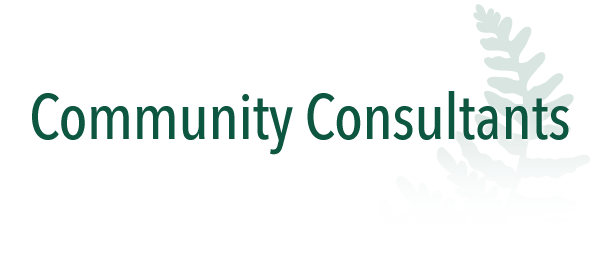Home > Climate News >
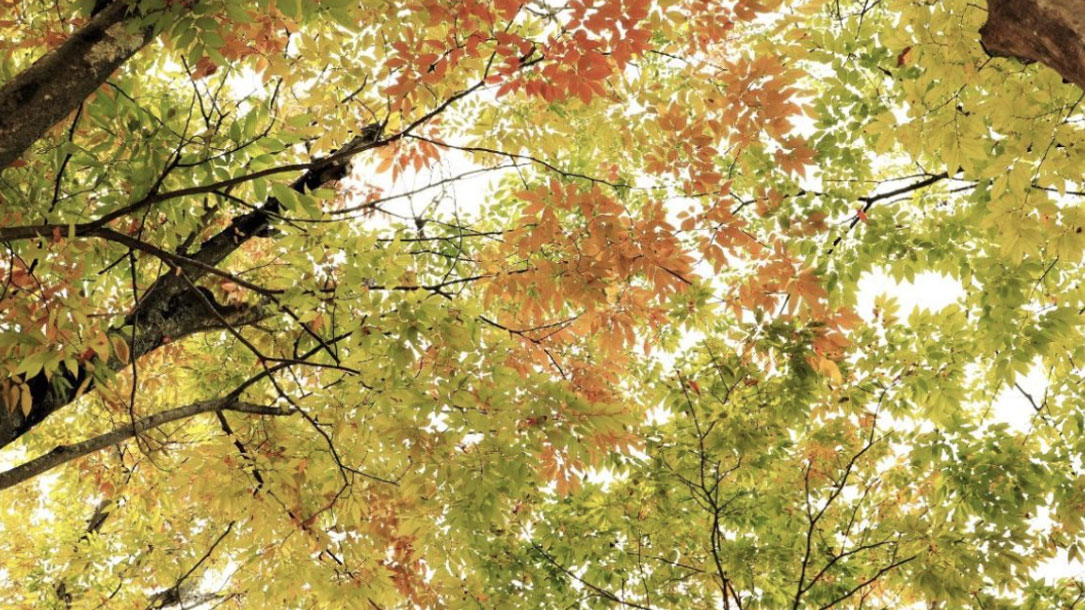
Trees are moving north from global warming. Look up how your city [region] could change.
As the climate warms, horticulturalists are trying out species adapted to more southern climates. Michael Hagen, curator of the native plant and rock gardens at the New York Botanical Garden, told me recently that his colleagues are planting southern live oaks, known for the Spanish moss that drapes, ghostlike, from their limbs.
Live oaks can grow as far north as Zone 7, according to data provided by the Davey Tree Expert Company. By century’s end, they could grow in Chicago and up into Michigan, while south Florida could become too hot for them.
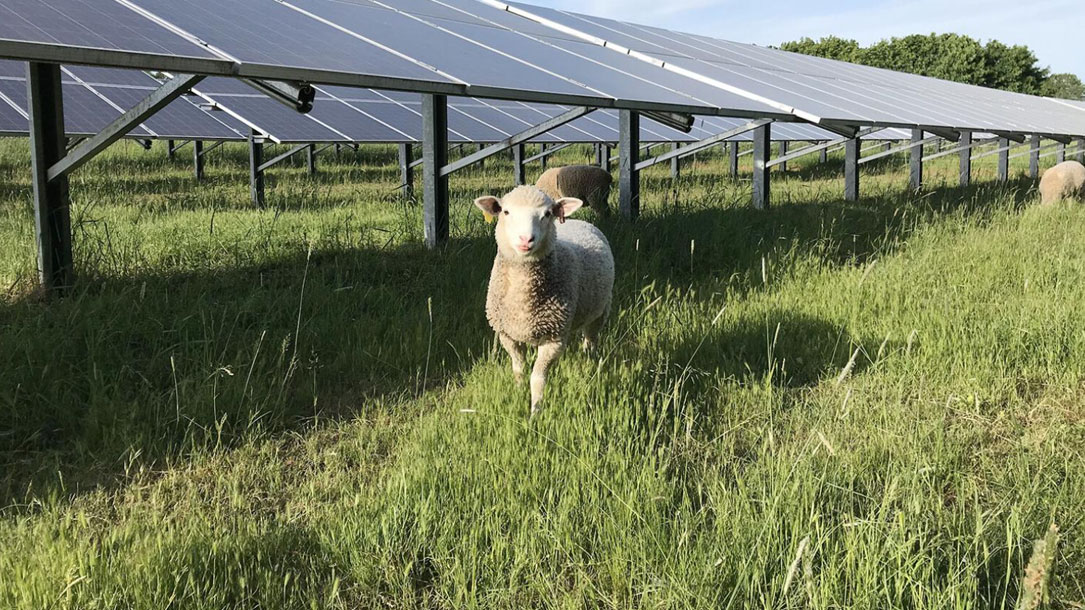
Agrivoltaics bill introduced in U.S. Senate
According to the National Sustainable Agriculture Coalition (NSAC), the study would aim to answer many questions about agrivoltaics, including what panel designs are best for livestock versus crops; what animal breeds are best suited to graze under panels; how to handle fencing, manure, and other livestock considerations in solar panel systems; and how growing crops under panels impacts yields, soil moisture, and other factors.
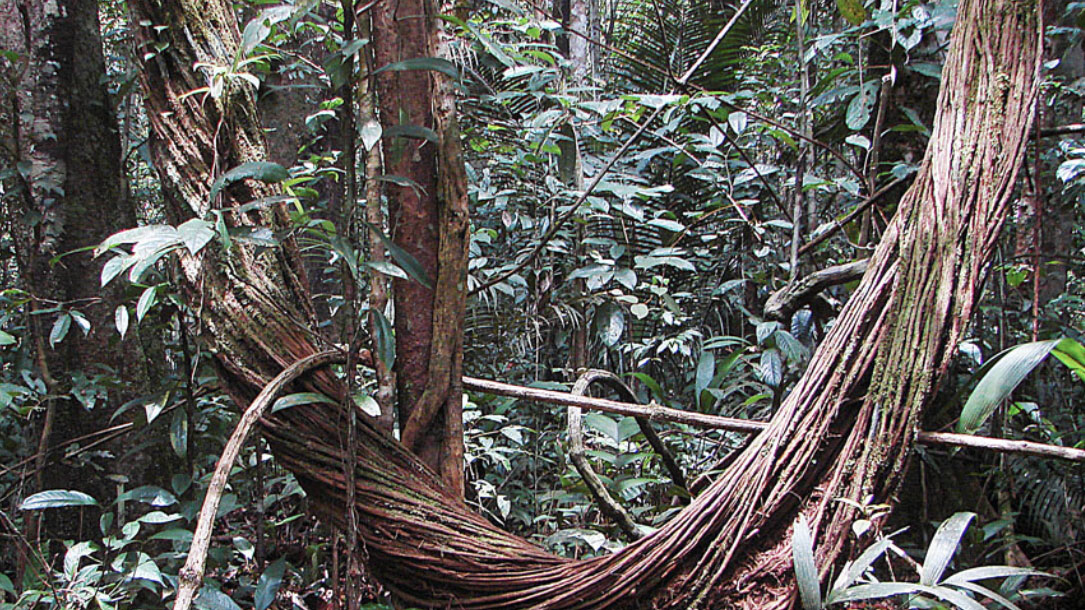
Liana cutting in selectively logged forests increases both carbon sequestration and timber yields
Infestations of trees by woody climbing plants (i.e., lianas) are common and increasing in an estimated 250 Mha of the 1 billion hectares of mixed-species tropical and temperate forest subjected to selective logging. Cutting lianas that impede the growth of future crop trees (FCTs) in these forests would sequester carbon at low cost and increase timber yields. We estimate that application of this treatment to five liana-infested FCTs per hectare across the 250 Mha of selectively logged forest would result in 0.8 PgCO2 of additional carbon removals by the liberated trees over 30 years at a direct cost of well less than $1.00 MgCO2−1.
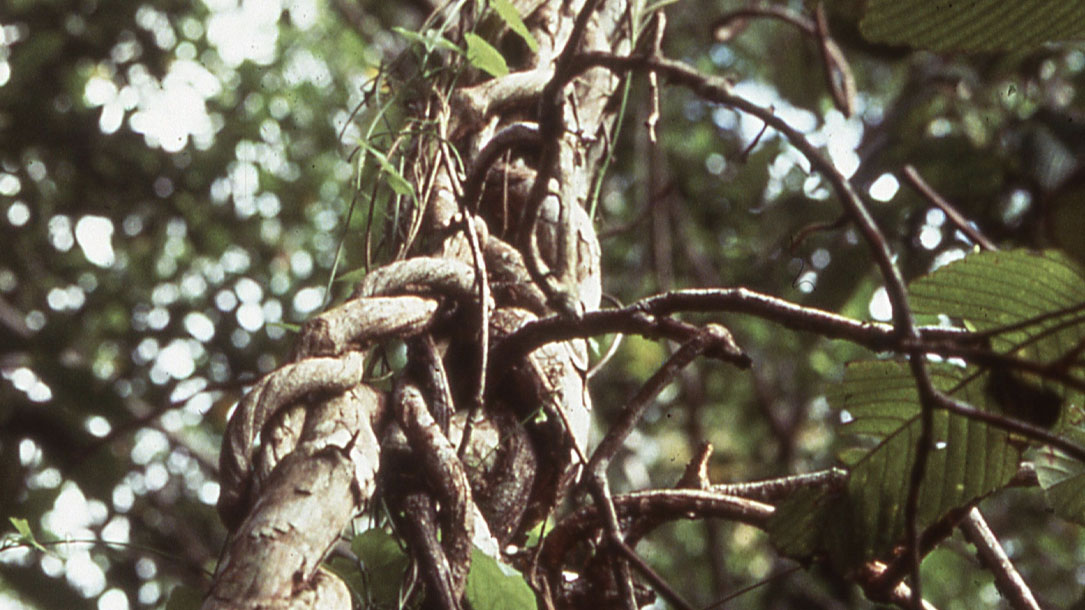
Liana liberation: New study shows freeing trees from woody vines is a profitable natural climate solution
Liberating trees from their burdens of woody vines (lianas) is an extremely cost-effective way to improve the economic value of managed forests and help mitigate climate change, according to new research published in Forest Ecology and Management by scientists from the University of Florida, The Nature Conservancy, Conservation International, and partner institutions…
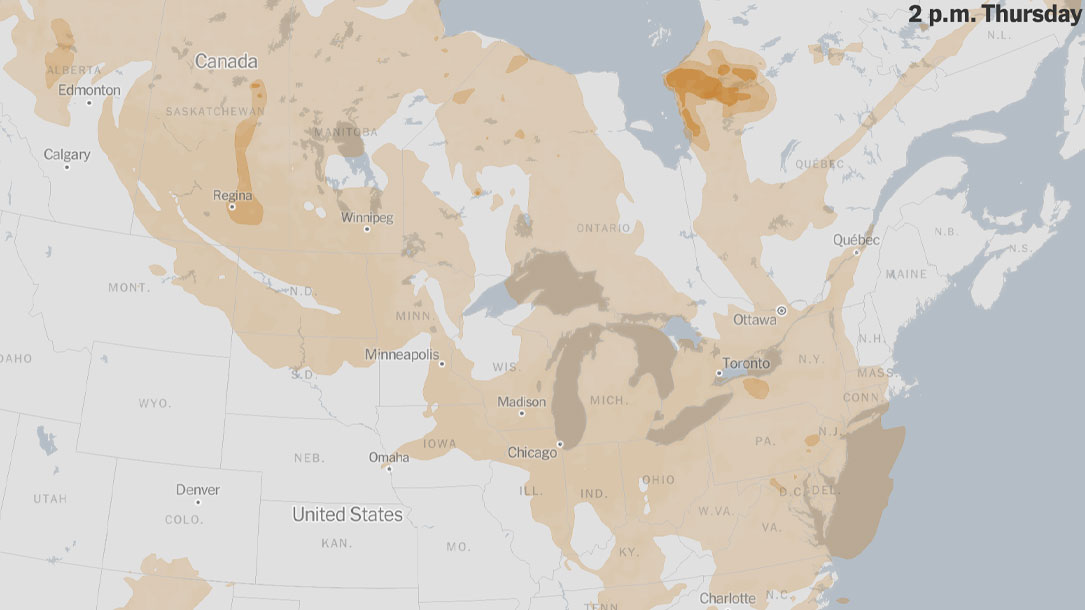
Maps: Tracking air quality and smoke from Canada wildfires
Smoke and haze lingers over sections of North America, as polluted air continues to spread from hundreds of wildfires burning throughout Canada.
This is the current status of air quality across the United States and Canada. (Here’s a guide to understanding air quality readings.)
In early June, the level of particulate matter in the air from smoke became so unhealthy that many U.S. cities set records. Some Canadian cities experienced far worse conditions. At points, it was hazardous to breathe everywhere from Minnesota and Indiana to sections of the Mid-Atlantic region and the South, according to AirNow, a U.S government data source.
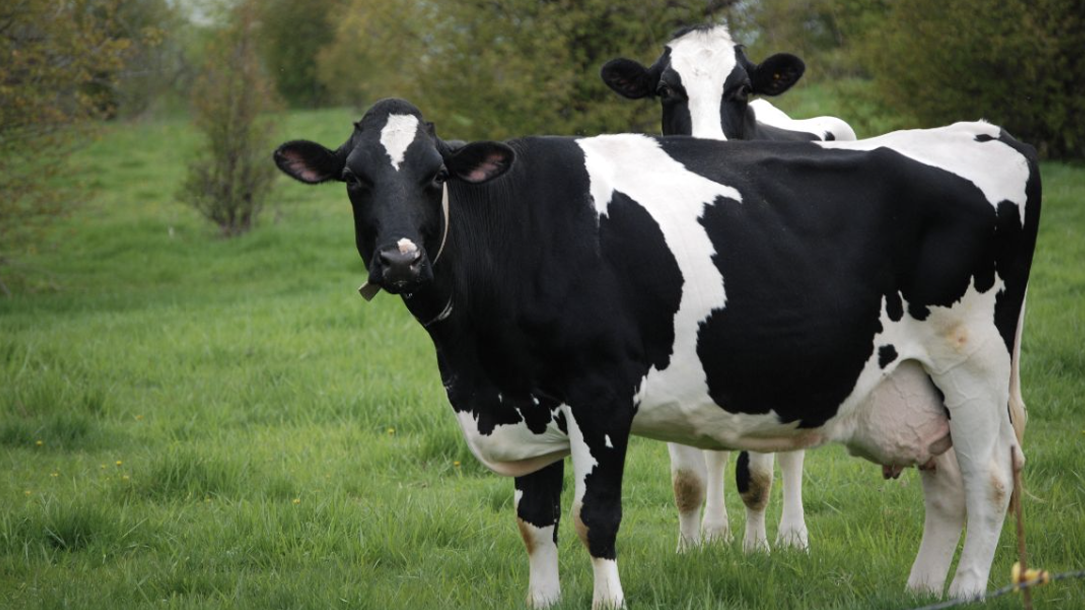
Climate change, antibiotics may threaten soil
A study by researchers at the Cary Institute of Ecosystem Studies in Millbrook, New York, has shown that when rising temperatures combine with antibiotic residues expelled by livestock, it degrades soil microbe efficiency, soil resilience to future stress, and its ability to trap carbon…
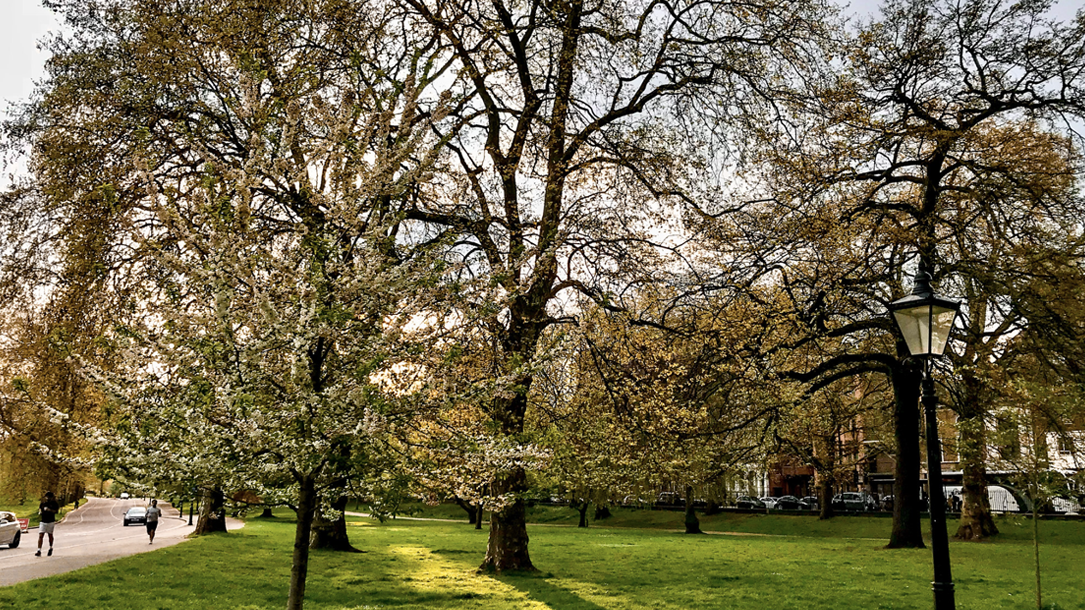
Study: Climate change increases global risk to urban forests
Climate change threatens the health and survival of urban trees and the various benefits they deliver to urban inhabitants. Here, we show that 56% and 65% of species in 164 cities across 78 countries are currently exceeding temperature and precipitation conditions experienced in their geographic range, respectively. We assessed 3,129 tree and shrub species, using three metrics related to climate vulnerability: exposure, safety margin and risk.

Research: Declining urban and community tree cover in the United States
Urban forests provide many benefits to society, including moderating climate, reducing building energy use and atmospheric carbon dioxide (CO2), improving air and water quality, mitigating rainfall runoff and flooding, enhancing human health and social well-being and lowering noise impacts (Nowak and Dwyer, 2007)…
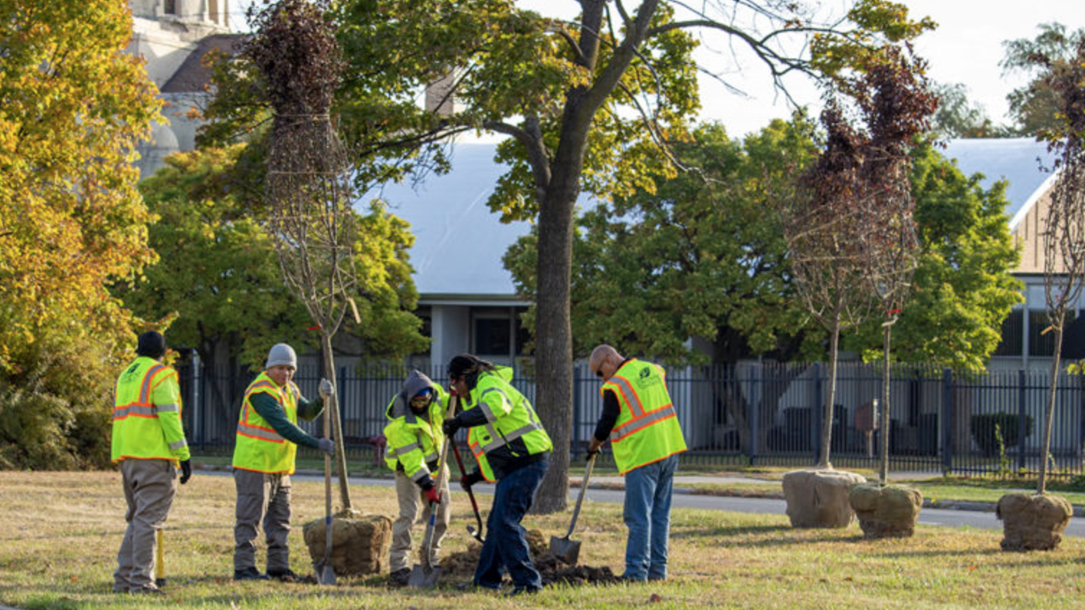
Cities are rethinking what kinds of trees they’re planting
The U.S. Forest Service estimates that cities are losing some 36 million trees every year, wiped out by development, disease and, increasingly, climate stressors like drought. In a recent study published in Nature, researchers found that more than half of urban trees in 164 cities around the world were already experiencing temperature and precipitation conditions that were beyond their limits for survival.
“So many of the trees that we’ve relied upon heavily are falling out of favor now as the climate changes…”
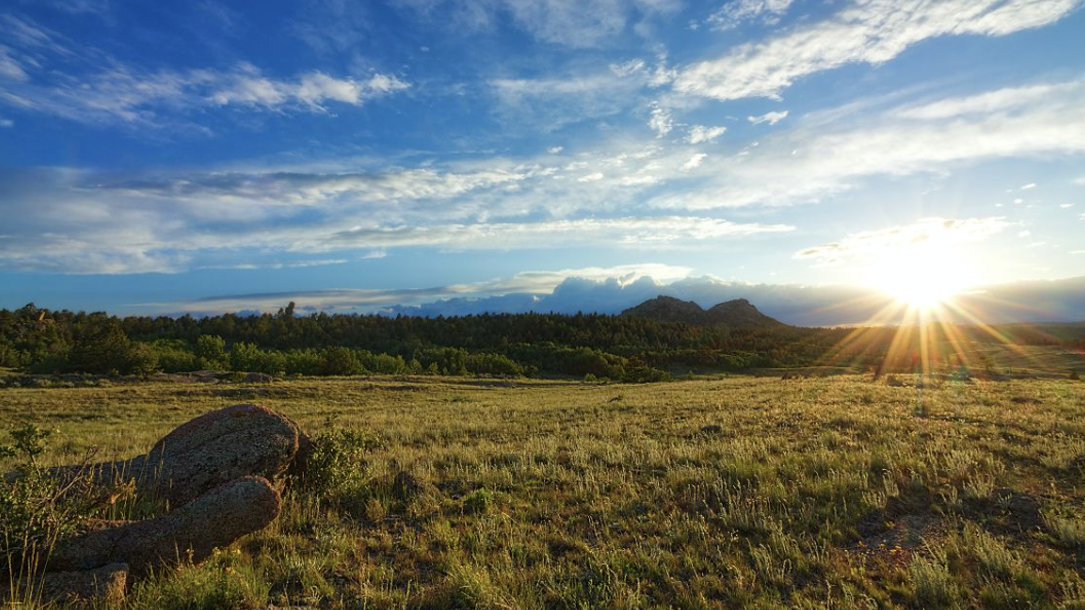
A fresh look into grasslands as carbon sinks
The researchers also found that continuous livestock grazing reduces plant cover, diversity, and productivity, and that seasonal or rotational grazing show the least negative effects and can even promote soil carbon storage.
“[We found that grassland ecosystems’] plant and microbial biodiversity and functions can be restored by improving grassland management, leading to substantial carbon removal from the atmosphere thus contributing to climate change mitigation”…
